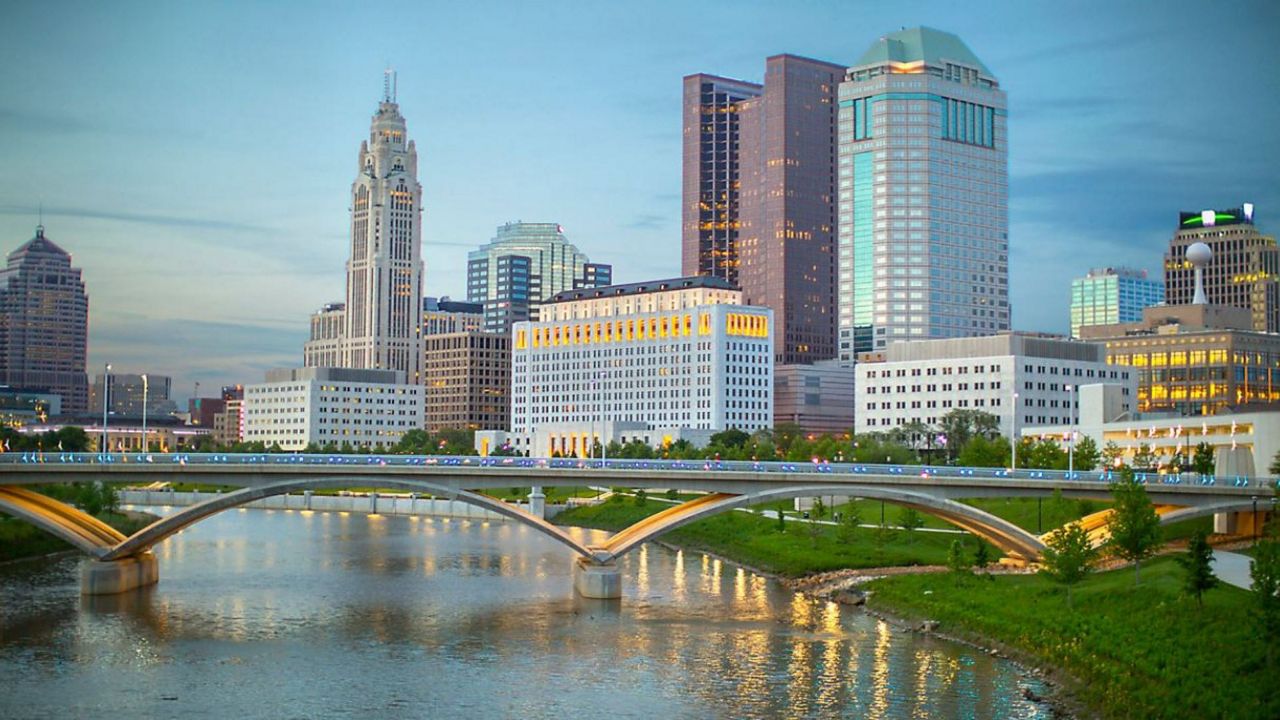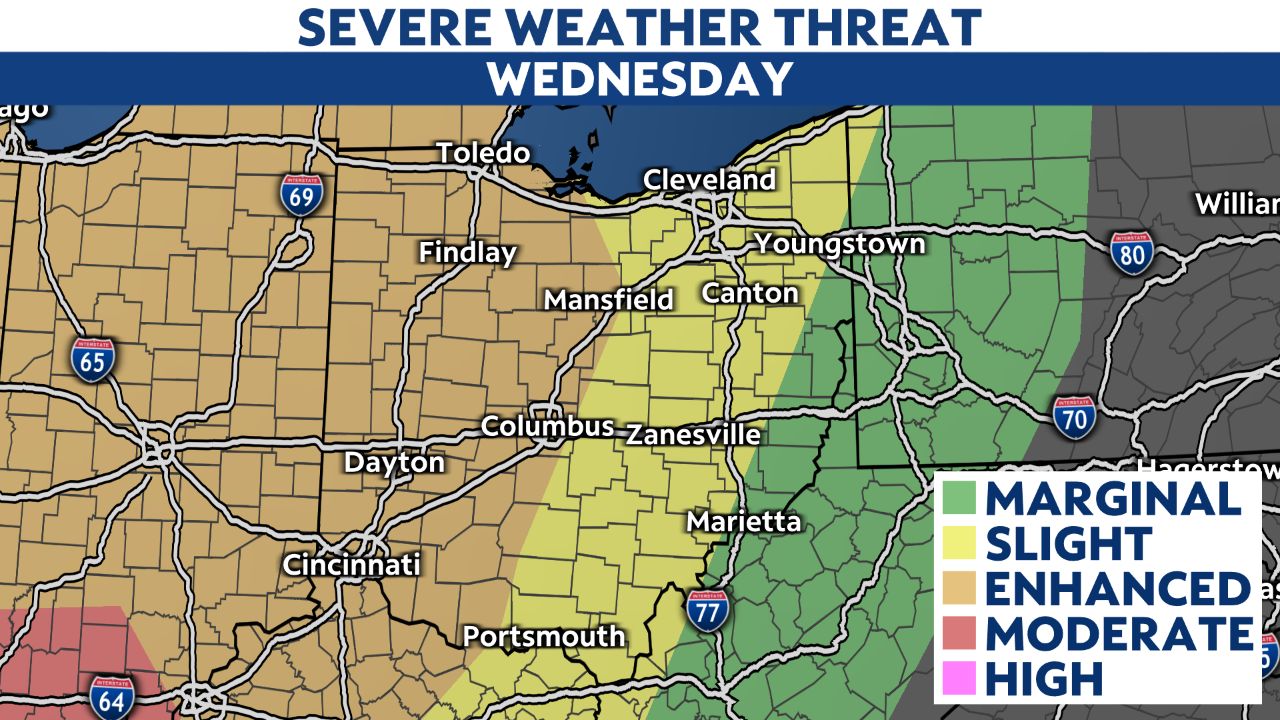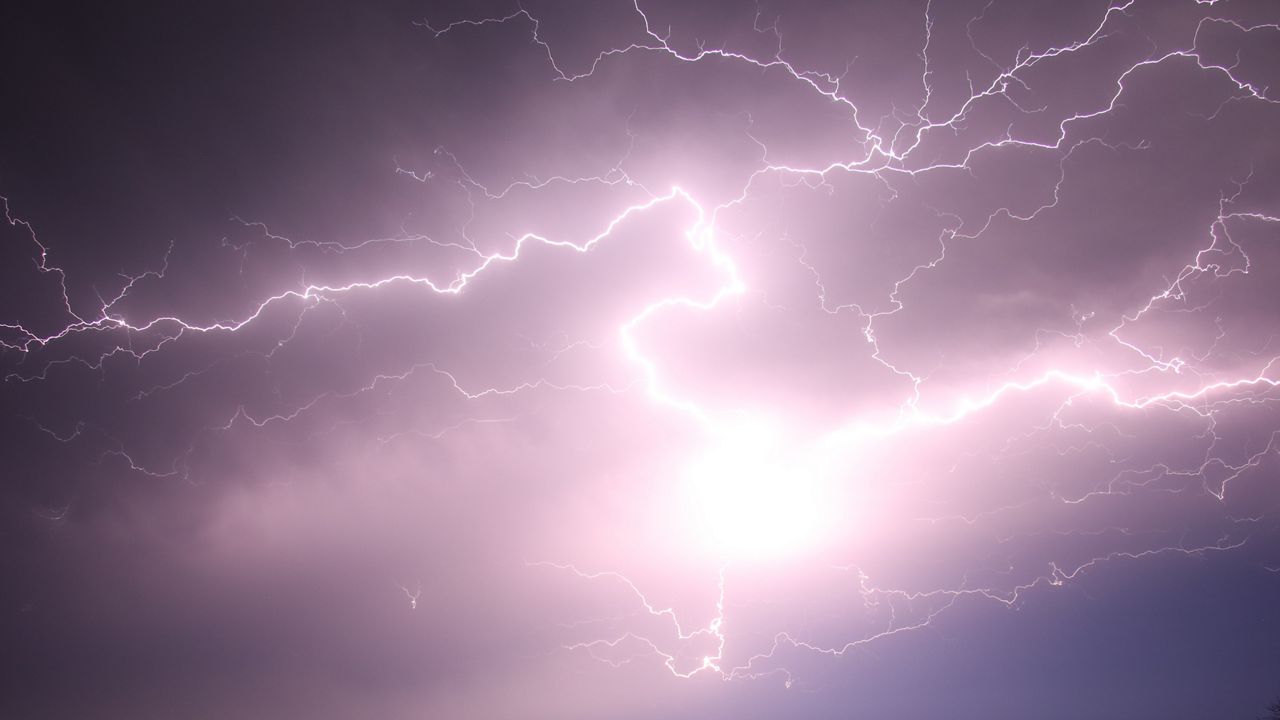Do you ever wonder what an Air Quality Alert Day is, or who activates these alerts that track ground level ozone and particle pollution?
What You Need To Know
- MORPC looks at two kinds of pollution for Air Quality Alert Days
- There were three days last summer we had alert days from ozone
- One of those days was the highest AQI in 10 years
- High heat and smoke from wildfires likely contributed to higher ozone levels
The Mid-Ohio Regional Planning Commission looks at air quality data for central Ohio and they just released their end of season report.
This report looks at air quality from Nov. 2021 to Oct. 2022.
An Air Quality Alert Day happens when the air quality index may reach 101 higher.
This “orange" level means the air may be unhealthy for sensitive groups like those how have asthma.
There are two types of pollution MORPC look at for Air Quality Alert Days.
1) Ozone, which is monitored from March 1 to Oct. 31. Ozone pollution increases when vehicle, industry and power plant emissions get “baked” from the sunshine. Smog is a good example.

2) MORPC also monitors particle pollution year round. That is tiny solid or liquid particles that can go into your lungs or bloodstream.
Here’s the good news: central Ohio has not had any “orange days” for particle pollution in the past 12 years and overall MORPC says air quality is improving over the last 30 years.
But MORPC says there’s more work to be done, especially after one day in particular this past summer.
The new report says there were three days last summer with ozone high enough for air quality alert days.
Very hot temperatures in the 90s and smoke from western wildfires likely contributed to the increase in pollution.
“Clearly, air pollution doesn’t recognize political boundaries, so we can expect to see elevated pollution levels due to carry over pollution or wildfire smoke. With that in mind, we need to remain focused on lowering emissions right here in Central Ohio and reduce the likelihood of having high pollution days that are harmful to our health,” said MORPC’s Air Quality and Sustainability Coordinator Prince Kwarteng Crooklynn.
One of those days, (June 21) the daily ozone AQI value reached 143.
This was the highest for central Ohio in 10 years.
You can help this summer by trying to share a ride to work, only fill up your gas tank after sunset or maybe even riding your bike to work.








